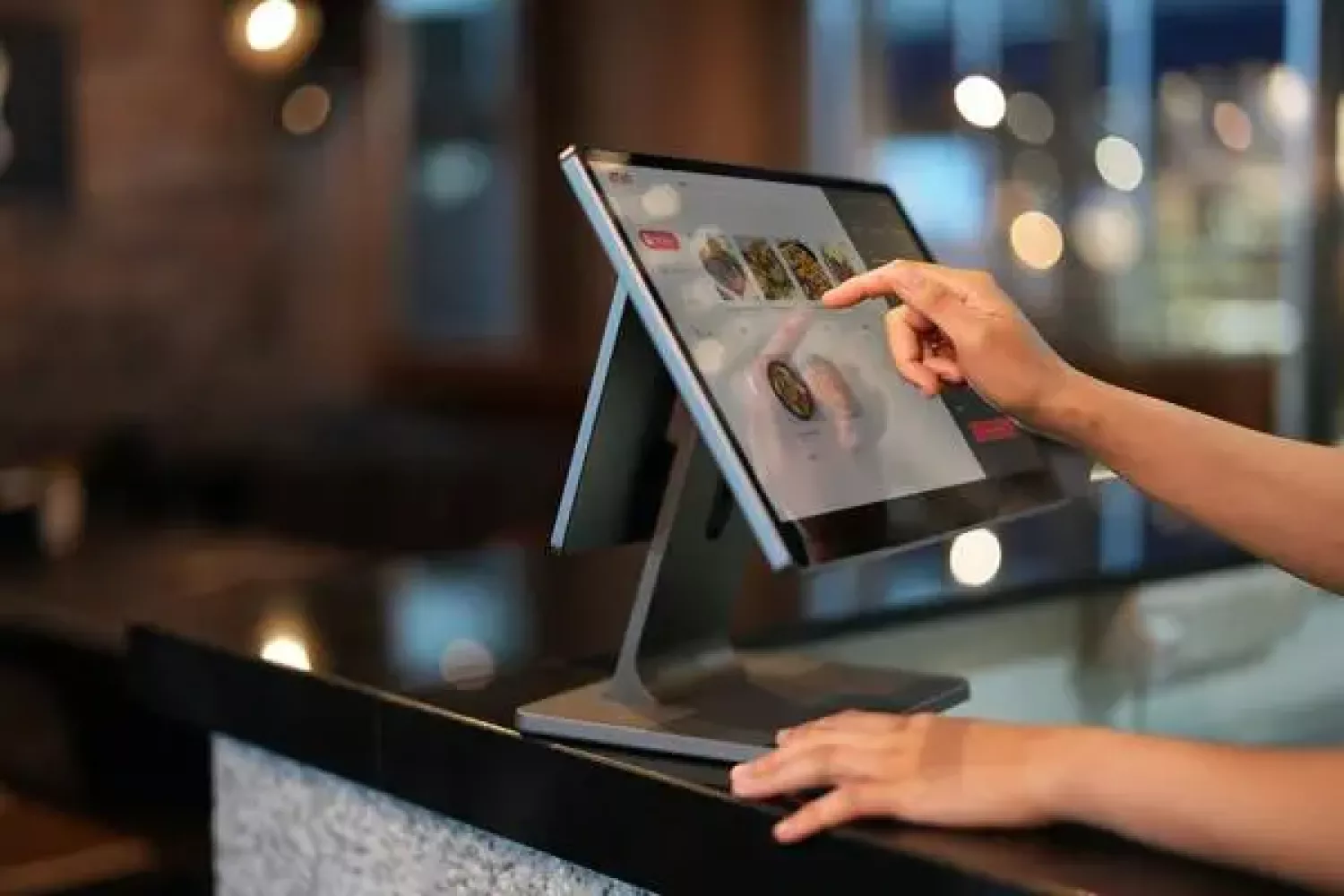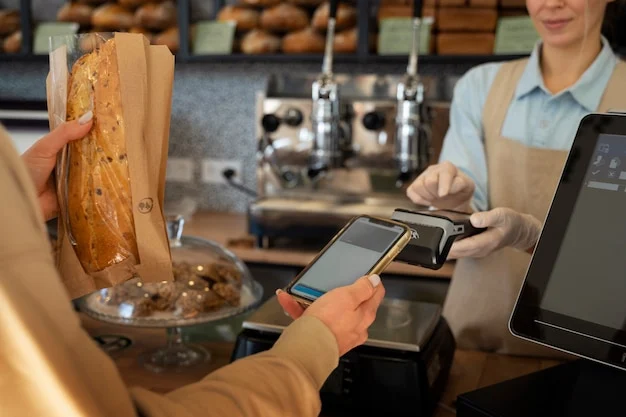Using Your POS to Upsell and Cross-Sell

In the competitive world of food and beverage, every order matters. Whether you run a coffee shop, a quick-service restaurant, or a full-service eatery, increasing your average ticket size without overwhelming the customer is key to growth. That’s where a smart, modern Point of Sale (POS) system can help. With the right features and strategy, your POS becomes more than a payment processor—it becomes a powerful upselling and cross-selling tool.
What Is Upselling and Cross-Selling?
Before diving into how your POS can help, it’s important to understand the difference between upselling and cross-selling:
- Upselling: Encouraging the customer to purchase a more expensive version of their original choice. For example, upgrading a regular coffee to a large or adding an extra shot of espresso.
- Cross-selling: Suggesting additional items that complement the original purchase. For instance, recommending a pastry to go with a coffee order or a side salad with a burger.
Both tactics are proven strategies to increase revenue, and when done right, they enhance the customer experience rather than feeling pushy.
How POS Systems Support Upselling and Cross-Selling
A modern POS system can make upselling and cross-selling seamless and efficient. Here’s how:
1. Smart Prompts for Staff
Many POS platforms can be programmed to automatically suggest upgrades or add-ons during the order-taking process. For example, if a customer orders a sandwich, the system can prompt the staff with “Add chips and a drink for $2 more?” These prompts act as reminders for employees and standardize upselling across your team.
2. Customer Purchase History
If your POS system tracks repeat customer purchases (especially if integrated with a loyalty program), it can provide personalized suggestions based on past orders. For instance, “Last time, you got a muffin with your latte. Would you like that again today?” This personal touch increases the likelihood of a sale and builds stronger customer relationships.
3. Bundled Offers and Combos
POS systems allow you to create combos or bundles that make cross-selling easier. Instead of relying on staff to pitch these deals, the system can display them on screen or print them on receipts. Bundles not only increase sales but also provide value to the customer.
4. Visual Menus and Digital Ordering
If you use self-service kiosks or tablet ordering, your POS can display mouthwatering images of suggested items. Visual cues are powerful—seeing a picture of a warm cookie or refreshing iced tea can easily lead to an impulse add-on.
Best Practices for POS-Driven Upselling and Cross-Selling
While technology plays a huge role, strategy matters too. Here are a few best practices to make the most of your POS upselling tools:
- Keep It Relevant: Suggestions should match the customer’s order. Irrelevant add-ons feel spammy and reduce effectiveness.
- Offer Value, Not Pressure: Frame the upsell as a benefit—such as a discount or special deal—rather than a hard sell.
- Train Your Team: Ensure your staff understands how to use the POS prompts naturally in conversation.
- Monitor Results: Use POS analytics to track which suggestions are converting and adjust your approach as needed.
- Time It Right: The best upsells happen before payment—during the order, not after.
Real-World Examples
- Coffee Shops: When a customer orders a cappuccino, the POS suggests a bakery item at 50% off if purchased together.
- Quick-Service Restaurants: If someone orders a burger, the system offers a combo upgrade (fries and drink) for just a little more.
- Full-Service Restaurants: Waitstaff using mobile POS tablets receive automatic wine pairing suggestions when an entrée is selected.
Final Thoughts
Upselling and cross-selling aren’t just sales techniques—they’re opportunities to enhance the customer experience and increase profitability. By leveraging the capabilities of your POS system, you empower your staff, personalize your service, and maximize every transaction.






